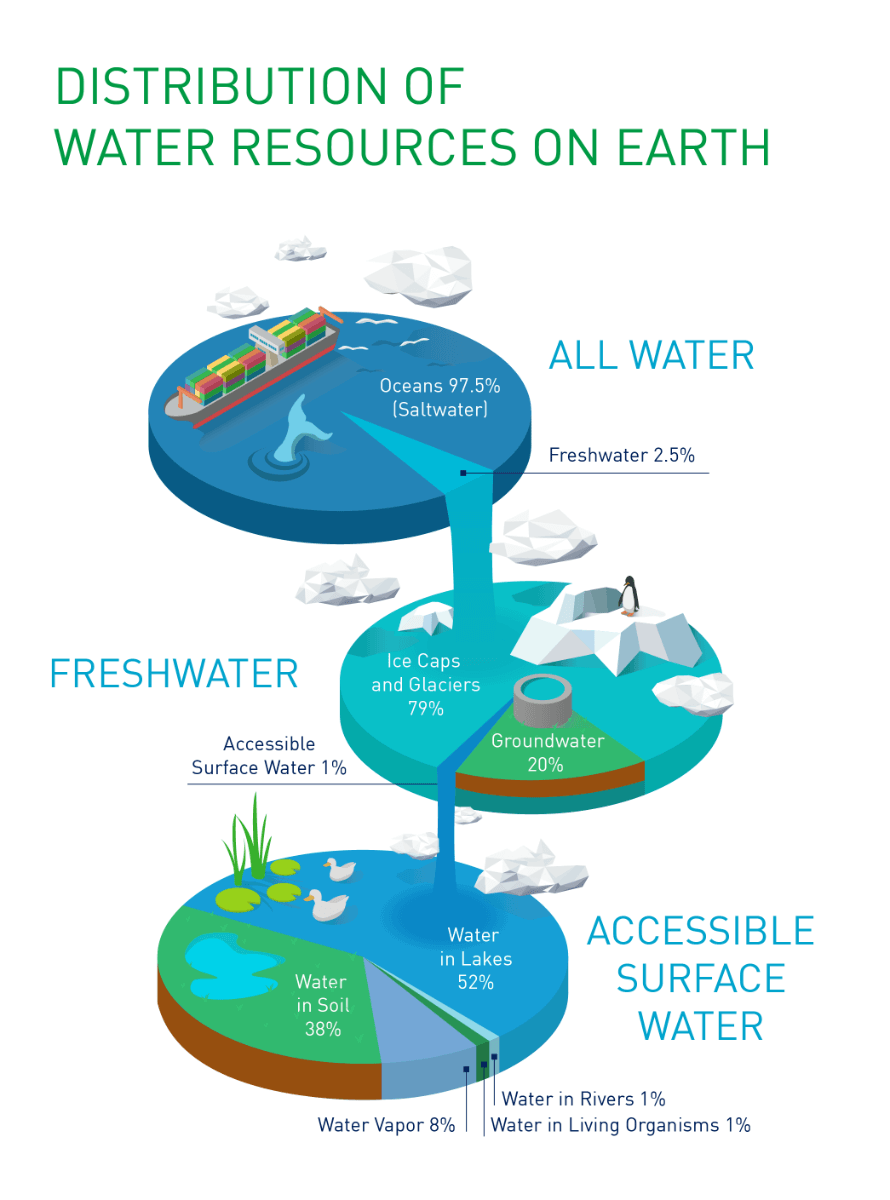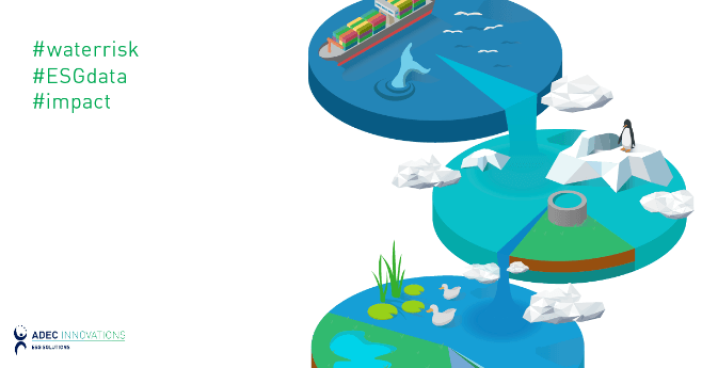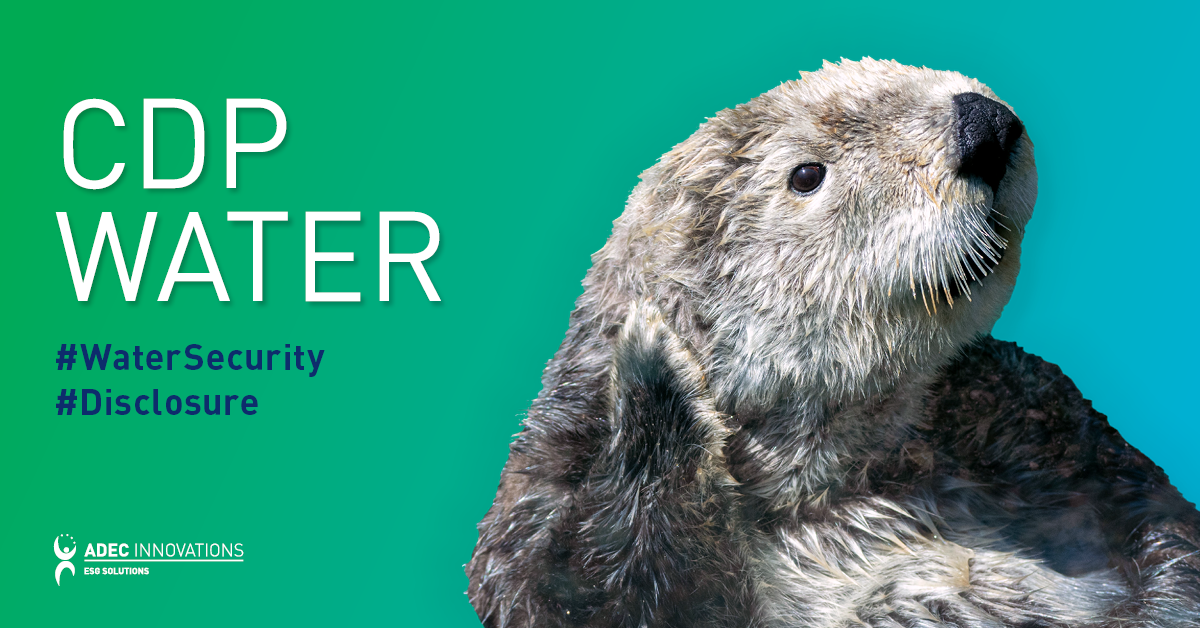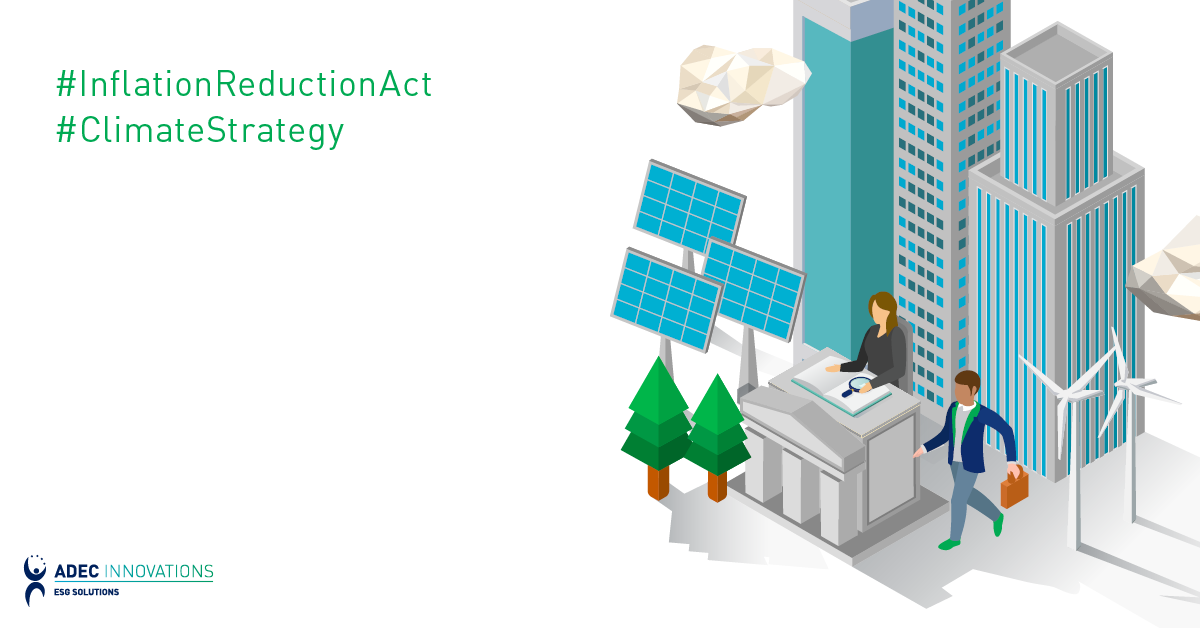As businesses continue to operate in an era of growing resource scarcity, it’s imperative to understand how climate change will affect operations, supply and value chains, and the local community.
Without access to quality water, businesses may be forced to raise prices, cease operations, or expose themselves to legal risk. As climate change puts more strain on water resources, organizations can look to a water risk assessment (WRA) as a tool to identify, organize, and respond to water-related challenges.
Why are water issues important right now?
It’s hard to tune out the number of climate disasters affecting countries around the globe. A 20-year drought in the U.S.’s West and Southwest is causing water shortages in the nation’s largest reservoirs, leading to Tier 1 water restrictions in Arizona and Nevada. Across the Atlantic, parts of Western Europe experienced up to two months of rainfall in just 24 hours, which swept towns downstream while displacing hundreds in the process. And haunting images of people fleeing wildfires in Greece, Italy, Spain, and Turkey have illuminated that even the picturesque Mediterranean isn’t safe from a drastically changing climate—not to mention the numerous extreme heatwaves occurring around the world. These are just some of the events that set the stage for this year’s release of the International Panel on Climate Change’s (IPCC) 6th Assessment Report.
The IPCC’s 6th Assessment Report indicates there will be 30 years of exacerbated climate impacts, regardless of how the world responds today. This guaranteed warming poses a wide variety of risks, one of the most critical being the risk posed to our supply of freshwater.
Fresh and accessible surface water makes up just 1% of all available freshwater. The Harvard Law School National Security Journal has identified water scarcity—when communities don’t have adequate access to freshwater—as the most understated global security risk. This will proliferate to regions where water scarcity currently does not exist and greatly worsen in regions where water is already scarce—affecting migration, civil conflict, food security, economic health, and more.

How do water issues impact business?
Water is vital—even in industries that aren’t heavy users. Every organization and every individual require freshwater to function. Everything we use, wear, buy, sell, and eat requires water to produce. Water is a shared common pool resource, impacted by and impacting everyone–meaning that water scarcity puts value chains and stakeholders at risk and often disproportionally affects vulnerable communities. Further, the UN’s 2021 World Water Development Report anticipates that global water demand will increase by 400% between 2000 and 2050 in the manufacturing industry alone.
How do water scarcity and increasing water demands affect both companies and local communities?
Operational facilities and the communities they operate in are intertwined. For example, it takes 2,700 liters of water to make one cotton shirt. Most of that water is used in the growth of the cotton itself—a very thirsty crop. To put that in perspective, that’s enough water to supply drinking water for one person for two and a half years. Pulling that much water out of local systems can cause extreme stress on surrounding communities.
We see the effects of commercial industries on local water supplies play out in real terms in areas where water use is on the rise. Buying or growing cotton in the lush American South has very different repercussions than using water resources in regions like Central Asia, where water use has greatly increased over the past 30 years. For instance, the Aral Sea–once the world’s fourth-largest lake–has almost disappeared due to cotton farmers drawing water from the Amu Darya and Syr Darya rivers for irrigation.
Other production elements present water risks as well: chemicals used in cotton production trickle down the value chain, potentially affecting local fishing communities and exposing nearby residents to pesticides that can lead to illness.
Another more recent case study includes the data center boom in the American deserts of the Southwest. Large warehouse-sized facilities used to store network servers for big tech companies require heavy resource use, as the demand for data-intensive cloud services skyrocket throughout the pandemic. To keep the computers from overheating, between 1-4 million gallons of water per day is either directly channeled through intricate cooling systems or indirectly used for electricity generation at power plants. Despite large water footprints, these facilities are located in water-stressed basins, creating abundant risks ranging from projected decreased water quantity to lowered brand reputation, as cities are faced with the decision of how to allocate water to residents and businesses while complying with regulatory and legal guidance.
This is where water risk assessments (WRA) and mitigation come in: a WRA identifies where an organization’s operations and water risks intersect, empowering the organization to make informed, strategic decisions and minimize environmental impacts.
What is a water risk assessment?
From manufacturing plants to offices and restaurants, all companies need water to conduct their operations. And while organizations with significant water impacts, such as agriculture and textiles, are vulnerable to greater business risk, even companies with relatively low water use may still face major water-related risks. From water quantity and quality interruptions to water-based political challenges, a WRA can be a critical tool in identifying, managing, and/or mitigating water-related impacts while contributing to a larger company-wide risk management strategy.
As climate change further impacts the water cycle, businesses are recognizing the physical, reputational, regulatory, and litigation risks around freshwater in a warming world, and can look to the water risk assessment as a tool to identify and respond to their unique water challenges.
Learn more about water risk assessments here.
In an upcoming post, we’ll dig into how to use the various WRA tools available and discuss how to get started with your own water risk assessment.
ADEC ESG Solutions is a leading provider of sustainability solutions, including disclosure and reporting, data management, and ESG corporate strategy. To learn more about how we can help your organization better understand your water-related risks and challenges, contact our team.




